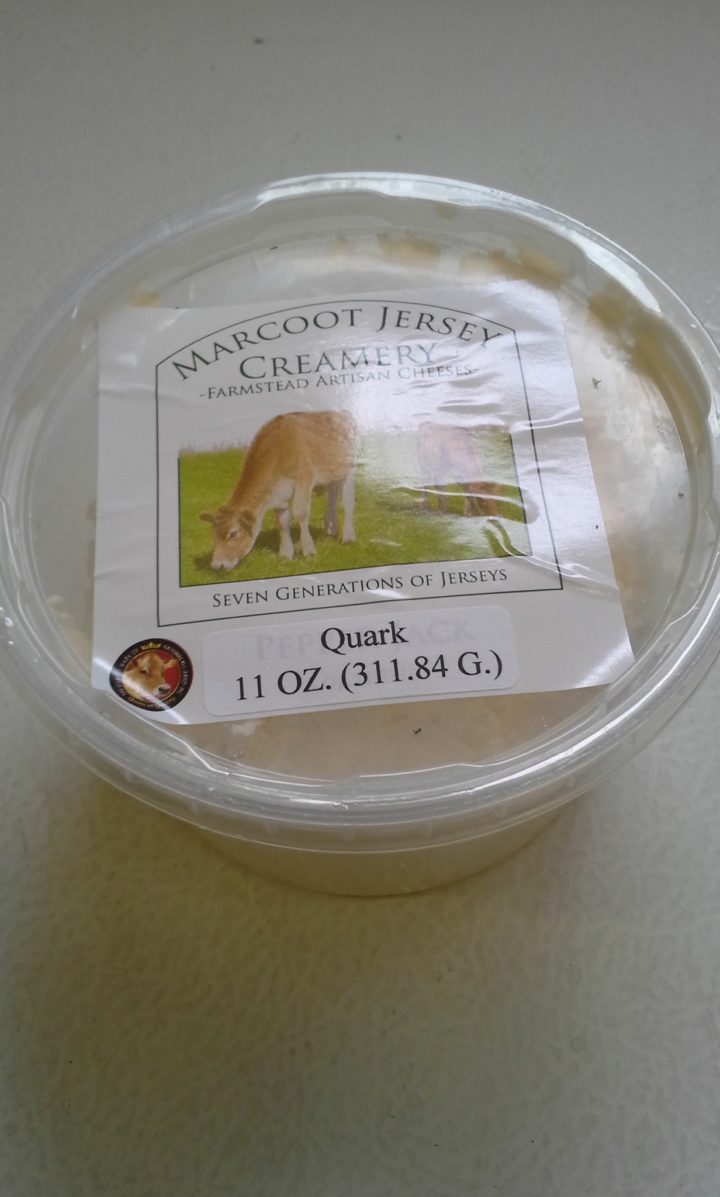We like to put a dab of it on soup or smear it on Companion bagels, but one of our members, Bill in Fair Shares C, told us that he uses Quark as a basis for milk paint. Check out the instructions he emailed us (adapted from WikiHow):
This is how we made paint for the bathroom in the cob house.Milk paint has been around since the time of the Ancient Egyptians. It has become popular again today, because it is environmentally friendly. There are no toxins in milk paint. It is made with all natural ingredients and is, therefore, perfectly safe to use. We used it to paint the bathroom walls in or cob house because it is very durable and water-resistant.If you want to try to make milk paint for yourself, follow these directions.Materials Needed:Skim milk (or you can substitute unflavored quark)Lemon (used to curdle the milk and make the quark for the paint base)Plastic containerDry color pigment, or artists’ acrylic paintCheesecloth and strainer
Purchase a few basic ingredients. You can purchase a quart (0.94 l) of skim milk and a lemon at your local grocery store. You will need to purchase dry color pigment or artists’ acrylic paint from a craft store in the colors of your choosing. You will also need some cheesecloth and a sieve.
So what do you think? Time to start painting your walls?

